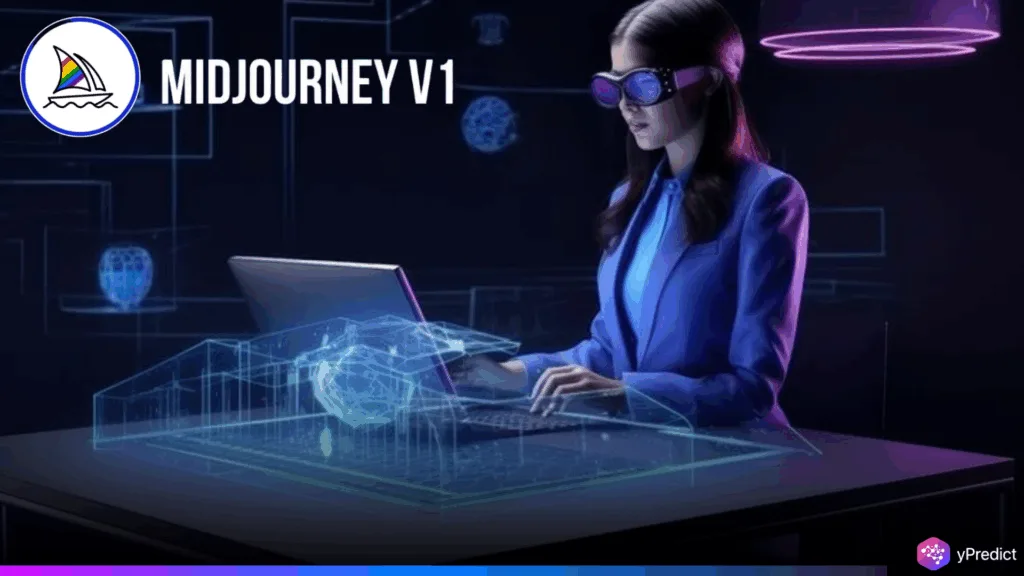
Midjourney has launched its first AI video generation model, V1, and made it available to all users, including those with free plans. Established by David Holz and based in San Francisco, Midjourney is renowned for its innovative, community-driven art models.
V1 allows users to create video clips from uploaded images or AI-generated images. The clips are generated via Discord and can be customized for camera motion and animation type. Thus, Holz said, this release is a significant step toward real-time simulation.
Midjourney Adds Magic to Image Animation Workflow
V1 allows users to convert an image into four animated clips, each five seconds long. These can be extended to a total of 21 seconds. Users can either upload images or use one from Midjourney’s models. The image animation feature is accessible in both “automatic” and “manual” modes. Additionally, the AI recommends how the image should move in the automatic setting. Using text prompts, users can describe the motion in the manual setting.
The AI video generation model provides two camera modes. They are “high motion” for more dynamic views and “low motion” for slower, steadier shots. Additionally, each option modifies the video’s visual presentation. Both novices and experts can benefit from the versatility of these tools. Additionally, the feature is currently limited to Discord and the web, making it easily accessible to the platform’s existing user base. Users can click “animate” and get their video in minutes.
AI Video Generation Model Features that Set V1 Apart
Midjourney says generating video requires 8x more GPU time than still images. Despite this, they claim it is more than 25 times cheaper than other market options. The GPU allotment in fast mode is one minute for pictures and eight minutes for videos per month. As a result, once the allowance runs out, users must either wait until the following month or upgrade their plan.
Relax mode is being tested for higher-tier subscribers and allows unlimited usage, though with slower processing times. It can take up to ten minutes for videos to render. The Basic plan is available for $10 a month for those who would like to give it a try. Additionally, full access to relax mode is included in the $60 and $120 Pro and Mega plans, respectively.
Midjourney is launching alongside competitors such as Google’s Veo 3, Adobe’s Firefly, Runway’s Gen-4, and OpenAI’s Sora. In contrast to many of its rivals, Midjourney focuses on providing creative tools for artists, designers, and hobbyists. More than hyper-realistic outputs, the tool stresses creative ones.
Is Midjourney Ready for Real-Time Creation
Midjourney sees V1 as only the beginning. Their long-term objective is to create real-time world simulation systems, which is an ambitious vision that few people in the field share. Midjourney is having legal issues despite its innovation.
Disney and Universal brought legal action against AI-generated content that mimics copyrighted characters just last week. Hence, this challenge indicates that despite Midjourney’s marketing that positions it as unique, industry resistance to creative tools may still exist.
AI Video Generation Model Shifts Future of Content
According to Holz, V1 models that replicate reality as it happens are the key to the future of generative video. These models could reshape entertainment, art, and digital storytelling. Additionally, Midjourney intends to develop tools for live rendering and 3D modeling after V1. It may become a leading platform for visual creative tools with these new features.
The initial response to V1 is encouraging. Despite not being hyperrealistic, its surrealistic imagery is consistent with Midjourney’s signature style. Thus, Midjourney may distinguish itself in the rapidly changing image animation market if uptake increases and pricing becomes more accessible.






